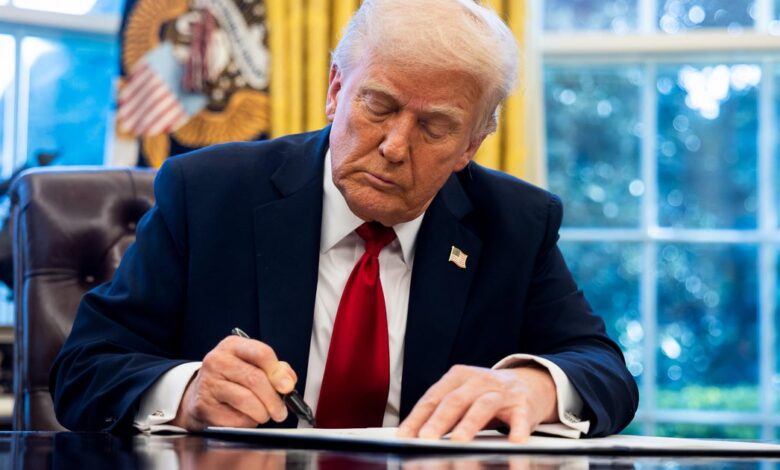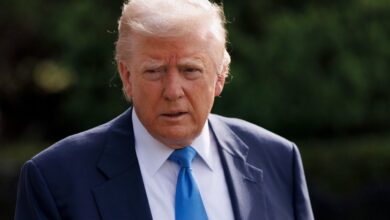Trump says he’s planning more tariffs on April 2, calling it “liberation day.” Here’s what it means.

The Trump administration is gearing up to implement a new set of tariffs on April 2, a day that President Trump has labeled as “liberation day.” This move is seen as the culmination of his “America First Trade Policy,” which he initiated through an executive order on his first day in office to revitalize U.S. manufacturing.
The President has been building up anticipation for his April 2 announcement, referring to it as “the big one.” This suggests that the upcoming tariffs may be more extensive than the import levies he has previously imposed on goods from other countries, such as the recent declaration of 25% tariffs on vehicles and auto parts imported into the U.S.
In a recent post on Truth Social, Trump expressed his determination to bring money and respect back to the United States, emphasizing the need to address the trade imbalances with nations exporting more to the U.S. than they import. The forthcoming reciprocal tariffs are aimed at achieving this goal, but economists caution that these tariffs could potentially lead to a global trade war, resulting in increased prices for U.S. consumers and inflation.
The administration’s ultimate objective is to raise import prices to incentivize companies to relocate their manufacturing operations to the U.S. However, economists foresee potential negative impacts on GDP due to trade policy uncertainty, which could dampen financial markets and consumer sentiment.
As the April 2 announcement approaches, speculations are rife about the specific tariffs that Trump will unveil. The reciprocal tariffs are designed to match the import duties imposed on U.S. goods by other nations, with a focus on countries with significant trade surpluses and high tariff barriers. While the exact details remain unknown, the administration aims to address trade imbalances with countries like Germany, Ireland, Italy, Vietnam, Japan, Taiwan, and others.
Reciprocal tariffs are expected to mirror the levies and trade policies imposed on American goods by foreign nations. However, the complexity of non-tariff barriers like regulatory requirements presents challenges in quantifying the exact impact of these tariffs. Moreover, the practicality of achieving true reciprocity in tariffs remains a point of contention among experts.
Trump’s overarching goal with his trade policy is to boost U.S. manufacturing jobs, reduce the trade deficit, and gain leverage in trade negotiations. However, experts caution that tariffs alone may not be sufficient to revive the manufacturing sector, especially given the significant decline in manufacturing jobs over the years. Uncertainty surrounding the longevity of the tariffs could also deter companies from making substantial investments in relocating manufacturing operations back to the U.S.
Consumers are likely to bear the brunt of the tariffs, as companies are expected to pass on the increased costs to their customers. This could lead to a spike in inflation, with projections indicating a potential half percentage point increase in prices if the effective tariff rate rises as expected in April.
In conclusion, the upcoming tariffs announced by President Trump on April 2 are poised to have significant implications for the U.S. economy and consumers. As the administration seeks to reshape trade policies and address trade imbalances, the broader impact on various sectors remains to be seen.





